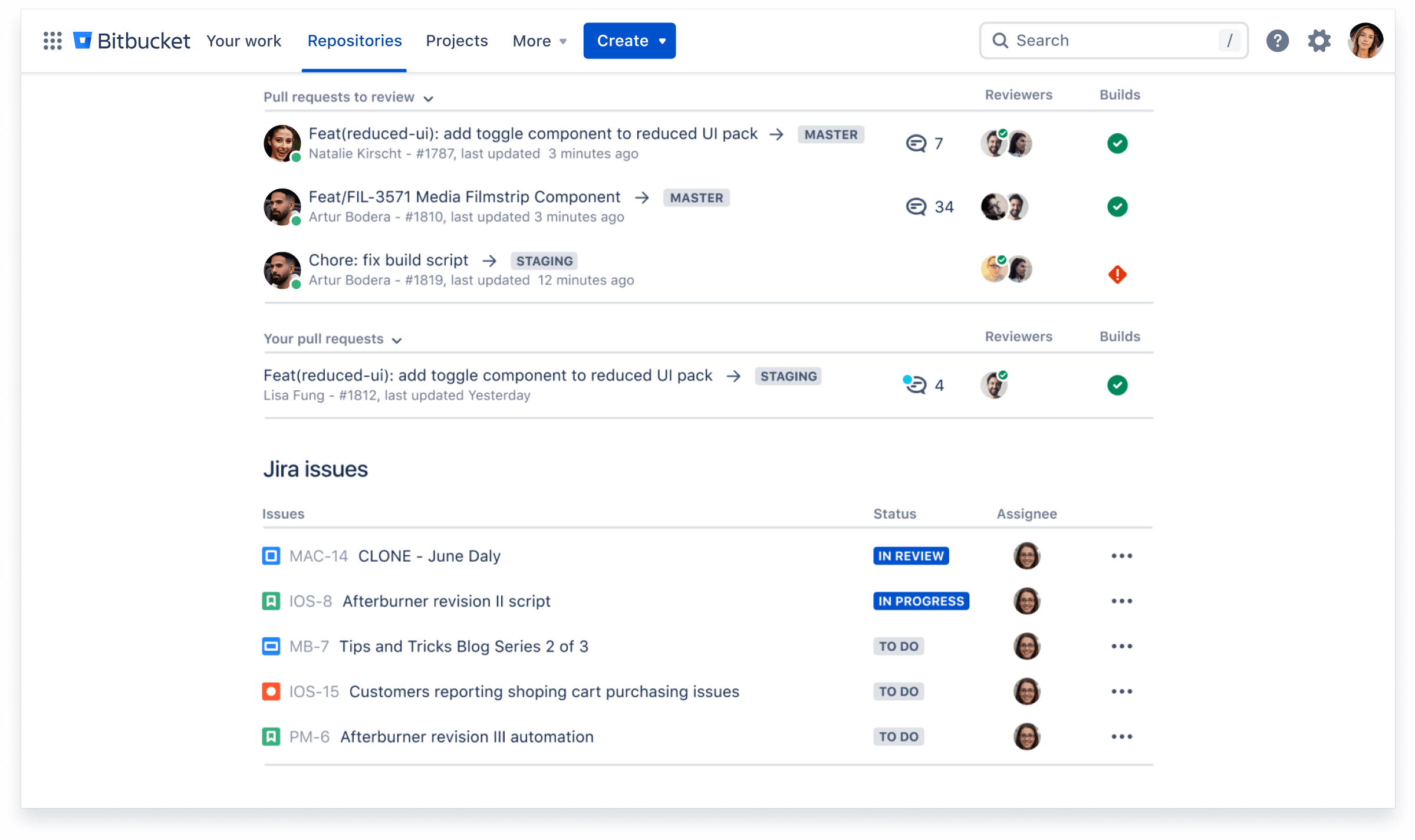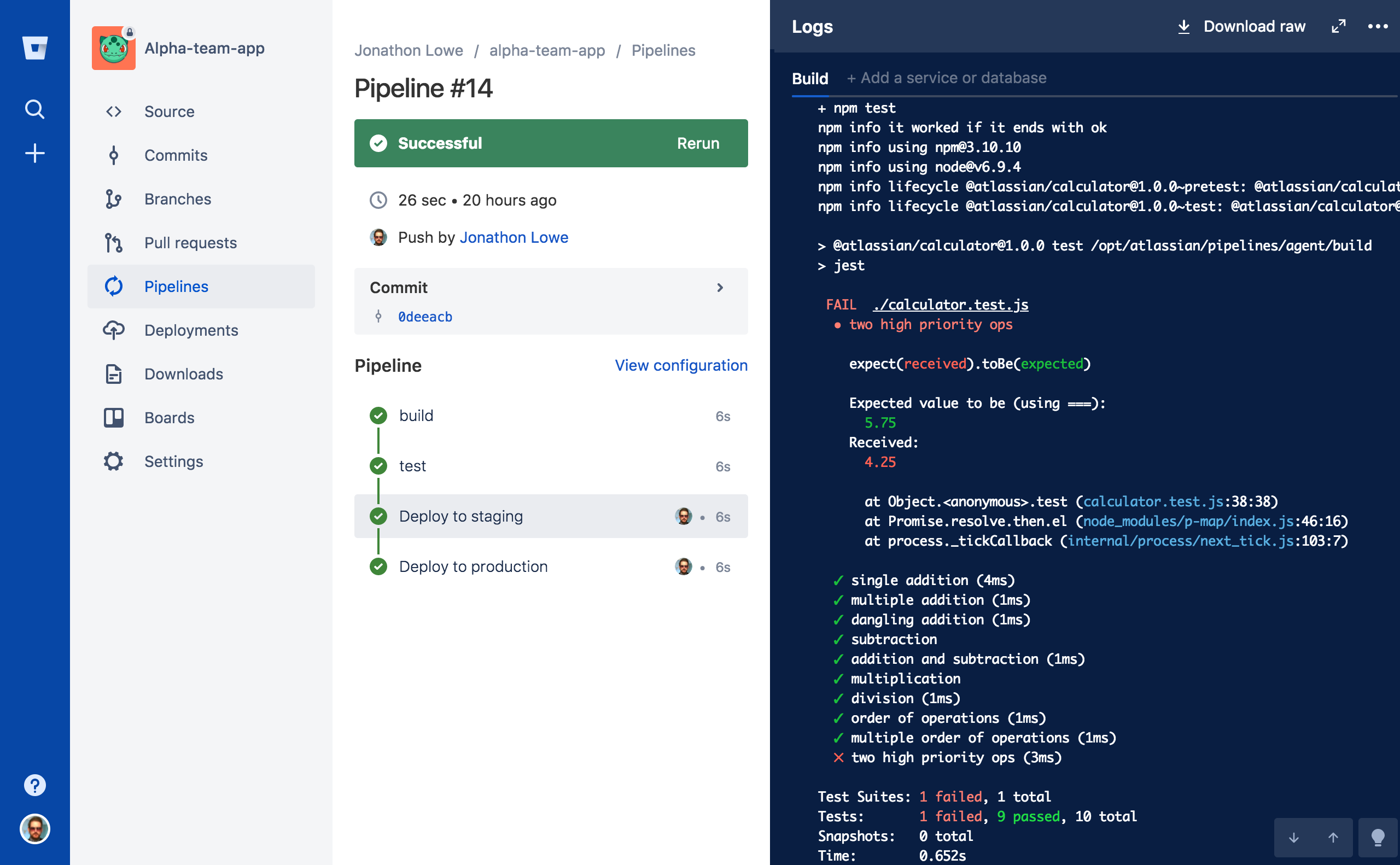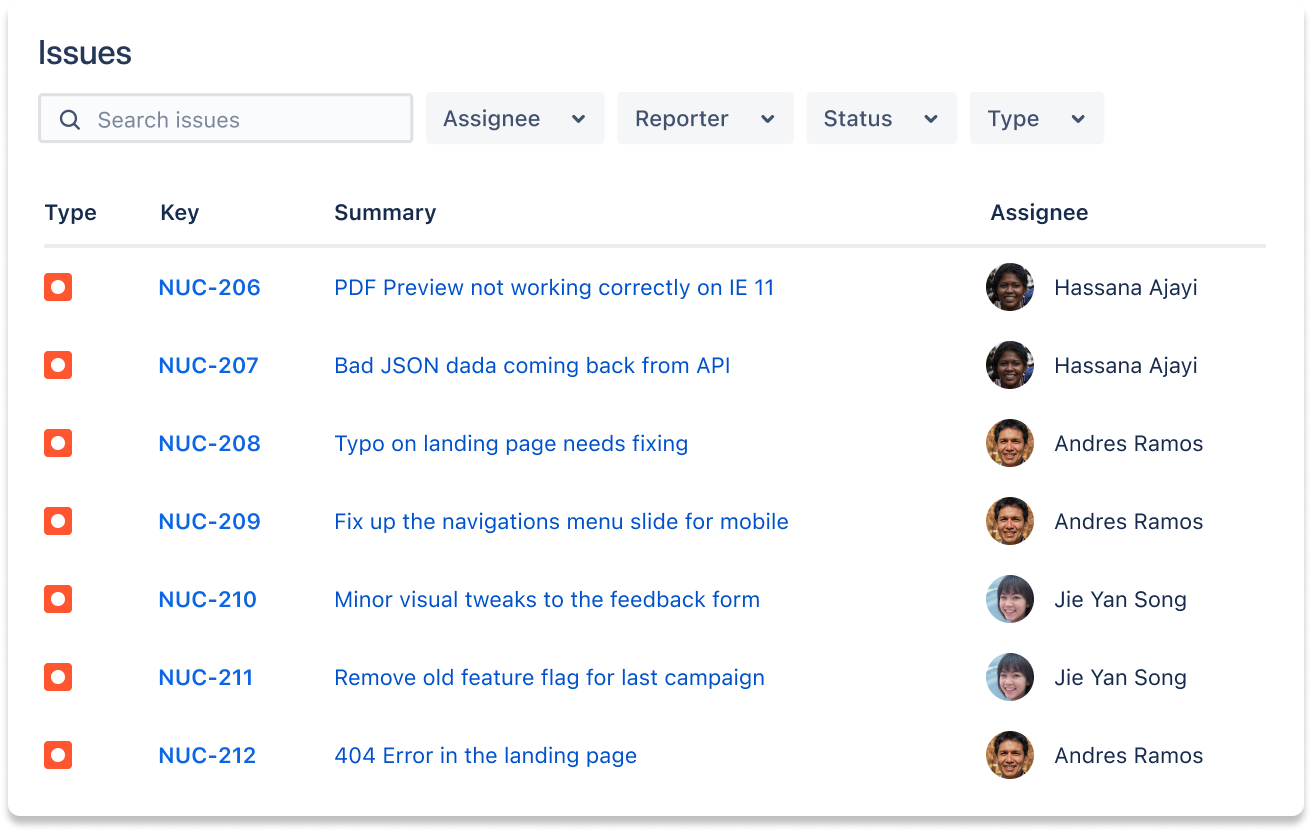Articles
Tutorials
Interactive Guides
5 best CI/CD tools for your DevOps team in 2024
CI/CD tools are an essential part of software development that improves the speed and quality of applications. CI/CD, short for continuous integration and delivery, is a set of practices that automate the process of building, testing, and publishing software changes. In addition to automation, development teams use CI/CD tools to improve collaboration by providing instant feedback on code changes.
CI/CD tools allow software development teams to reap the benefits of DevOps by releasing applications more frequently. The tools also ensure higher security and quality by automating the integration and delivery of their builds.
In this comprehensive guide about continuous integration, discover the best CI/CD tools, their benefits, and how to optimize your workflow through effective continuous integration practices.
What are CI/CD tools?
CI/CD tools are software applications or platforms that help automate and manage the CI/CD process. These DevOps tools assist in various stages of the software development lifecycle, from code integration to deployment.
Benefits of CI/CD tools
As software teams start DevOps, they can utilize CI/CD tools to reap the following benefits:
Faster development cycles
Automating repetitive and time-consuming tasks enables development teams to push out changes faster and more frequently. A faster go-to-market time allows companies to capitalize on trends and respond to pain points, better serving their audience.
Improved code quality
Automated tests are a critical part of DevOps best practices. Manual testing can be repetitive and time-consuming. Automated testing helps discover bugs and errors sooner, leading to higher-quality code.
Reduced manual intervention
By automating the development process, CI/CD reduces human errors and repetitive tasks. Each step becomes repeatable, more efficient, and consistent.
Enhanced collaboration
The main objective of a DevOps pipeline is to allow developers to collaborate on building and deploying code to a production environment. CI/CD tools facilitate collaboration between development and operations teams by providing rapid feedback on code changes. This provides better visibility to all parties in the development process
5 popular types of CI/CD tools
Software development teams can use various types of CI/CD tools to optimize their workflows. Each tool has its strengths and capabilities. The selection of the best tools for a project depends on the development and deployment environment, the programming languages used, the development team's preferences, and specific project requirements.
Best overall CI/CD tool: Bitbucket

Bitbucket is a version control system that integrates with CI/CD pipelines. Bitbucket provides tools to manage source code repositories and collaborate on software development projects, bringing the entire software team together to execute a project.
Bitbucket Pipelines is a CI tool within Bitbucket Cloud, an Atlassian version control system. This tool lets you automate your code from test to production directly within your Bitbucket repository. Bitbucket Pipelines is an easy next step to enable CI if your project is already on a Bitbucket account.
Get started with Bitbucket Pipelines to automate your builds and tests, manage your deployments, collaborate across teams, and ship software faster with continuous delivery.
Best for continuous integration: Bamboo
Bamboo Data Center is Atlassian's CI/CD server. Bamboo is designed to streamline software development and software release. It’s particularly popular with Jira Software and Bitbucket to integrate seamlessly into existing development and project management processes.
This continuous delivery pipeline offers reliability and scalability for teams of any size. Features include workflow automation, built-in disaster recovery, and scalability for capacity and performance as your company grows.
Best for workflow automation: Bitbucket Pipelines

Built into Bitbucket Cloud and offering top-notch Jira integration, this CI/CD tool can automate your code from test to production. With CI/CD right next to your code, there are no servers to manage, user management to configure, or repositories to synchronize. Setting up this CI/CD tool with templates is as easy as two steps. Using configuration as code to manage and configure your infrastructure enables the creation of robust, automated workflows.
Get started with Bitbucket Pipelines to build, test, and deploy your code automatically.
Best for issue tracking: Jira Software

Jira Software for teams includes a specialized system for issue and bug tracking. Issue tracking becomes easy with a single view of all items in a backlog within Bitbucket, enabling you to get context on your work and update your team alongside your code. This provides a single source of truth for all issue types.
Bug tracking with Jira Software enhances your team’s ability to find, track, and report bugs in software. These bugs can be assigned to the appropriate team members at the right time. Like with issue tracking, Jira Software bug tracking provides a single view of all items in the backlog, helping teams prioritize big-picture goals while delivering value to customers.
Best for documentation knowledge sharing: Confluence

Confluence brings everyone together in a connected workspace to move projects forward. Confluence facilitates teamwork and enhances communication by providing a centralized space to collaborate, create, edit, and share in a connected workspace.
With features for knowledge management and project collaboration, Confluence provides a single source of truth, enabling teams to collaborate from virtually anywhere. With everything in one space, Confluence keeps everyone up to speed with project plans and status updates. With templates for everything from sales and marketing to development and operations, it’s easy to get your team to do the work immediately.
Use Bitbucket to streamline DevOps processes
Bitbucket integrates with CI/CD pipelines, version control, and issue tracking to streamline DevOps processes by promoting collaboration, ensuring code quality, automating repetitive tasks, and providing visibility into the software development lifecycle.
With CI/CD built into Bitbucket, teams can get alerts when they need to make quick changes. Integration with Jira Service Management enables speedy service delivery without compromising on risk. Powerful workflows provide flexibility and automation for building, testing, and deploying applications. Bitbucket allows teams to boost their velocity by increasing code collaboration at scale, performing more code reviews, and automating workflows—all of which can result in fewer bugs and better software.
CI/CD tools: Frequently asked questions
What should I consider when choosing a CI/CD tool?
There are many factors to consider when choosing the best CI/CD tool for your company. The solution should be able to scale with your company as it grows and integrate with your team’s capabilities. It’s also important to consider community support, ease of use, and your budget to find a tool that suits your company’s needs.
What are some common challenges in implementing CI/CD tools?
Cultural resistance is one of the biggest obstacles to implementing CI/CD tools. If there is insufficient training or expertise within your company, these tools may not be a good fit.
Implementing these workflows is a complex process for large-scale legacy systems and requires in-depth knowledge. Ensuring code security also presents a challenge and can slow down development.
What are some best practices for successful CI/CD adoption?
To implement CI/CD successfully, start with a clear strategy. Define the necessary resources, such as technical tools and relevant teams. Then, automate as much as possible. Automation increases efficiency, reduces human error risk, and frees teams to work on core activities.
Share this article
Next Topic
Recommended reading
Bookmark these resources to learn about types of DevOps teams, or for ongoing updates about DevOps at Atlassian.

DevOps community

DevOps learning path

